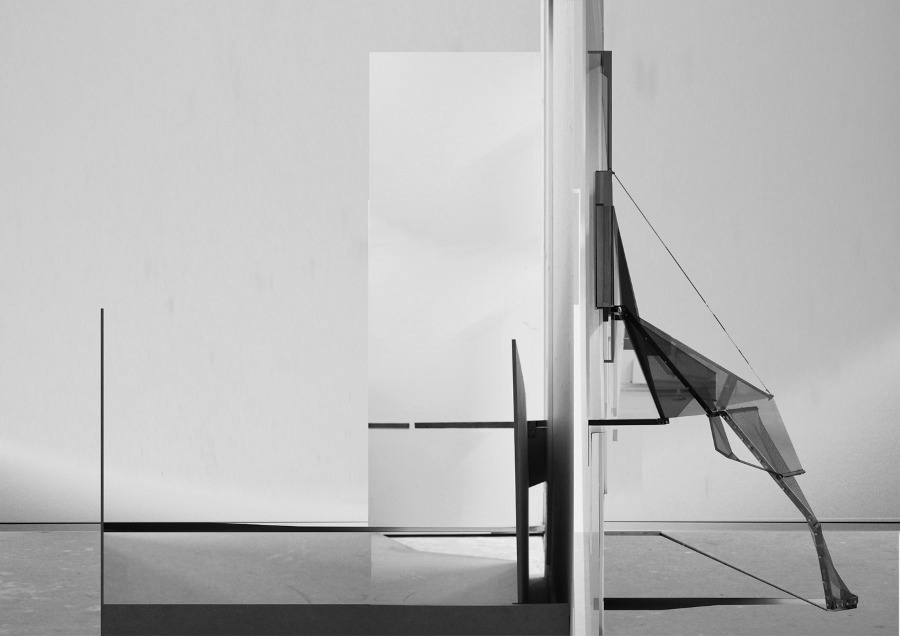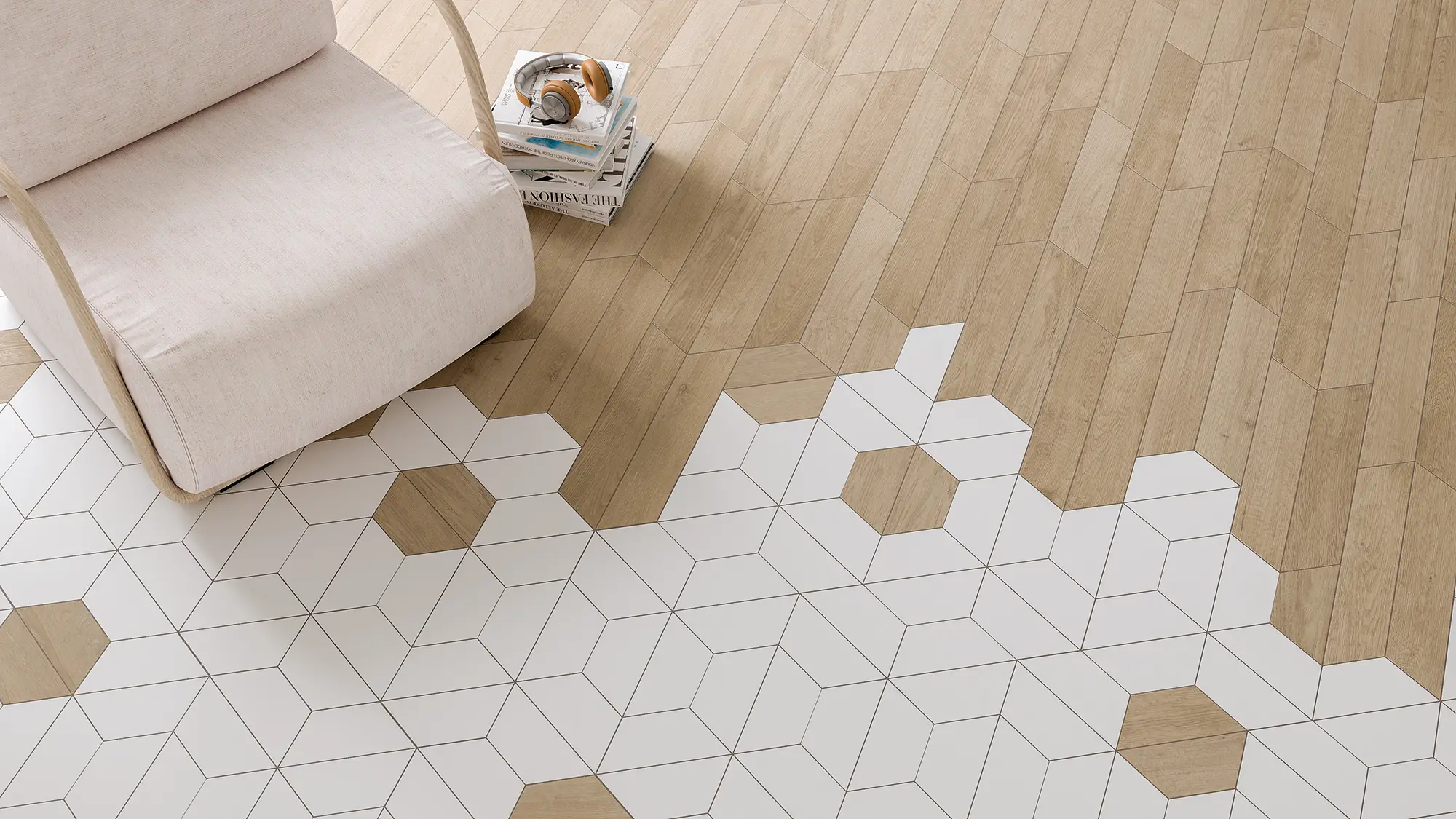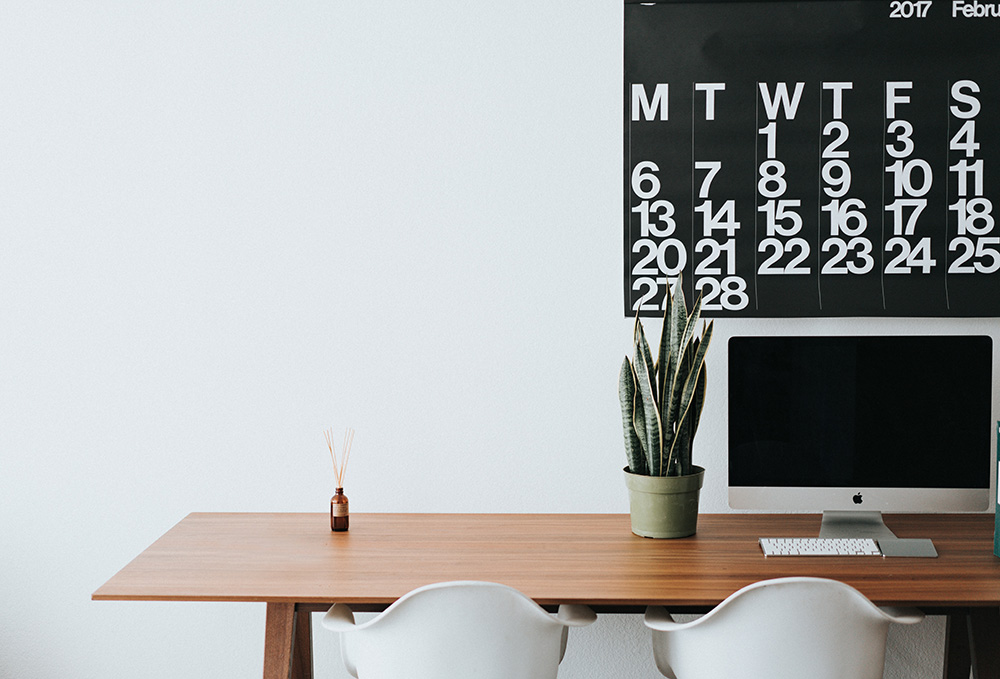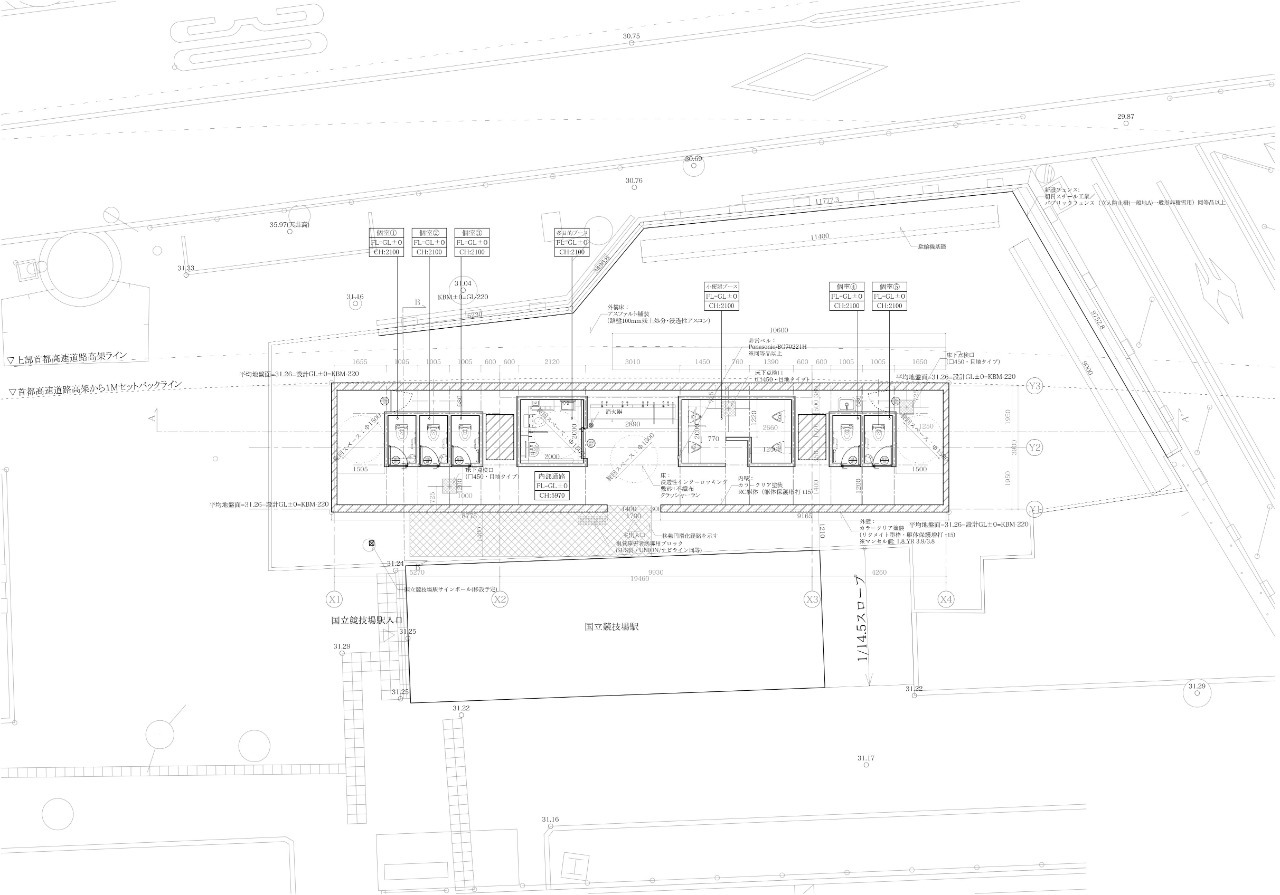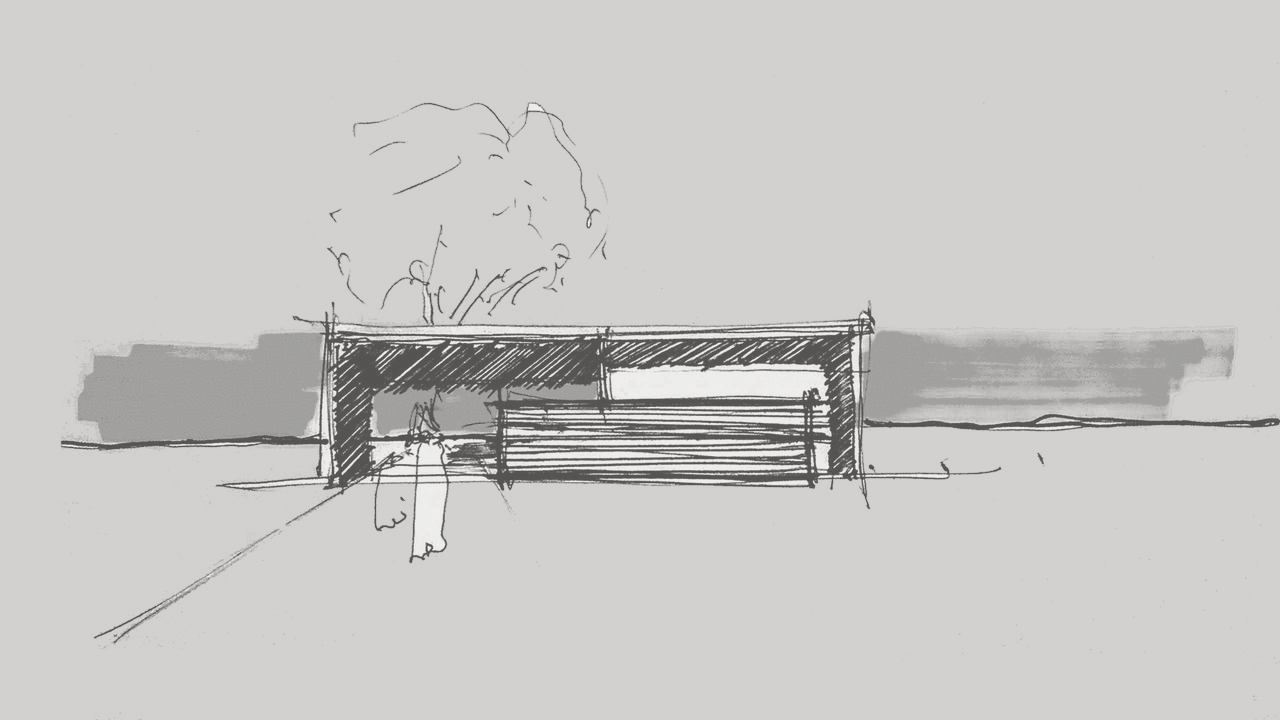
10 Essential Tips for Developing Design Concepts in Architecture
Designing architectural concepts forms the foundation of any architectural project, where imagination and creativity converge, and the design process takes flight. Developing a concept holds paramount importance as it sets the tone for the entire design journey. In this article, we will provide you with ten invaluable tips to aid you in developing design concepts in architecture. These tips will not only help you unlock your creativity but also empower you to create exceptional and captivating architectural designs. Here are 10 Essential Tips for Developing Design Concepts in Architecture.
1. Explore the Site: Embrace the Context
Before embarking on the design process, immerse yourself in the site. Grasp the context, understand the surroundings, and acquaint yourself with the environment. This deep exploration will enable you to create a design that seamlessly blends with the surroundings while complementing and harmonizing with the existing environment.
2. Brainstorm: Nurturing a Storm of Ideas
The art of brainstorming plays a pivotal role in conceptual design development. Gather your team and engage in an uninhibited flow of ideas. Encourage everyone to contribute, and remember to jot down every idea, regardless of how audacious or unconventional it may seem. This exercise will generate a diverse range of concepts, which can be subsequently refined to identify the most promising ones.
3. Find Inspiration: Unveiling the Muse
Seek inspiration from various sources. Visit art galleries, museums, and architectural wonders. Drawing inspiration from diverse realms will infuse your creative process with fresh ideas and facilitate the development of unique design concepts.
4. Consider the Client’s Needs: A Design Aligned with Aspirations
Understand the needs and requirements of your clients. Delve into their lifestyle, preferences, and budgetary constraints. Your design should reflect their needs while providing effective solutions to their challenges and aspirations.
5. Sketch and Draw: Giving Form to Ideas
Commence the process of visualization by sketching and drawing your ideas. This practice aids in refining and further developing your concepts. Utilize various mediums, such as pencils, markers, or digital tools, to bring your ideas to life on paper.
6. Experiment with Shapes and Forms: Embracing the Unconventional
Challenge traditional norms by experimenting with an array of shapes and forms. Strive to create designs that are distinct and captivating, leaving a lasting impression. Fearlessly embrace risk and dare to explore uncharted territories.
7. Create a Story: Infusing Identity and Purpose
Craft a compelling narrative that connects your design with the site and the client’s aspirations. A well-crafted story adds depth and meaning to your concept, providing it with a strong sense of identity and purpose.
8. Utilize Technology: Unleashing the Power of 3D
Harness the potential of technology to create immersive 3D models and visualizations. This enables you to comprehend the spatial relationships and proportions inherent in your design. Technology also facilitates effective communication of your ideas to clients and stakeholders.
9. Collaborate: Synergy in Diversity
Collaboration with professionals from various disciplines, such as engineers, contractors, and interior designers, enriches the design process. By embracing a collaborative approach, you can develop holistic designs that address all aspects of the project, resulting in a harmonious and integrated architectural masterpiece.
10. Refine and Enhance: The Journey Towards Perfection
Continuously refine and enhance your design concept. Fearlessly embrace changes and adjustments along the way. This iterative process ensures the creation of a final design that is not only aesthetically pleasing but also functional, meeting the client’s needs and aspirations.
